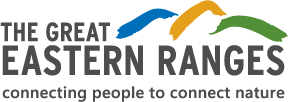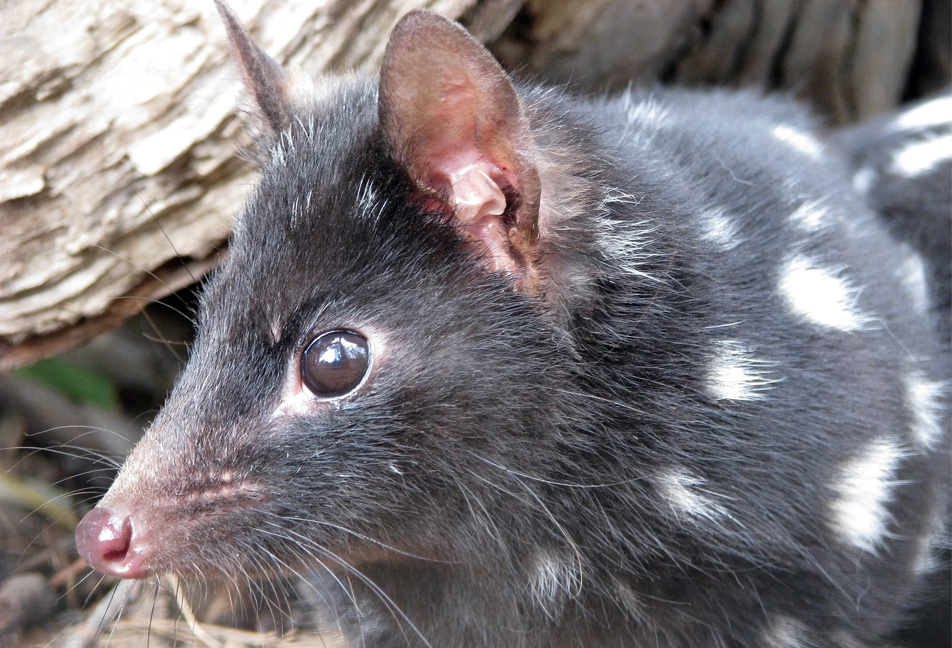In response to the devastating 2019-2020 bushfires, we joined forces with WWF-Australia to restore the health and resilience of habitat for koalas, greater gliders and other forest-dependent native animals. Through ‘Cores, Corridors and Koalas’, we are rolling out a series of coordinated, complementary projects across six priority landscapes in Queensland, New South Wales and Victoria.
QUEENSLAND
Border Ranges: Koalas in the Border Ranges region of Queensland have been heavily impacted by the fires. To lend them a helping hand, the Border Ranges Alliance is working with its partners and engaging local volunteers across six sites to plant new woodland and forest habitat, install nest boxes to replace lost tree hollows, and control weeds. Species that will benefit from the project include yellow-bellied gliders, koala, little bentwing bats and dusky woodswallows.
Gold Coast Hinterland: SEQ Water Southeast Queensland Water is leading efforts in an unburnt section of the Gold Coast’s nationally threatened rainforest and woodland to restore and enhance a natural landscape connection between Springbrook and Lamington National Parks. In the future, this connection will serve as a vital climate adaptation corridor for wildlife moving through the area.
VICTORIA
Macedon Ranges: the Macedon Ranges is home to Australia’s southern-most, genetically significant population of greater gliders. Through the WWF collaboration, the Central Victorian Biolinks is working with Wombat Forestcare to reconnect glider’ habitat, install nest boxes and build on the significant survey work that the local community has been conducting on the ranges’ tree-dwelling mammals.
NEW SOUTH WALES
Coffs Coast Hinterland: Through the collaboration, the Jaliigirr Biodiversity Alliance is working with its partners across five landscapes to plant trees and shrubs to provide food for koalas; enhance connections between habitat patches including part of a key Gondwana Rainforest corridor; manage weeds, and engage local communities. Work will support a host of species, including glossy black-cockatoos, grey-headed flying foxes, rose-crowned fruit doves and gliding possums.
Greater Blue Mountains World Heritage Area: The Greater Blue Mountains are home to critically important populations of a variety of animals, including the greater glider, yellow-bellied glider, spotted-tailed quoll, superb lyrebird and koala. Building on the K2W Glideways program, the Kanangra-Boyd to Wyangala partnership is working in the Wombeyan and Jenolan Caves region of the world heritage area to survey tree-dwelling mammals through remote cameras and audio monitoring, and provide and monitor feed and water stations.
NSW South Coast: NSW’s South Coast region suffered extensive damage and loss due to the 2019-2020 bushfires, with over 85% of the national park estate burnt. Shoalhaven Landcare and Birdlife Shoalhaven are working in the region to assess the impact of the fires on the area’s birds and tree-dwelling mammals, and install nest boxes, feed and water stations.



